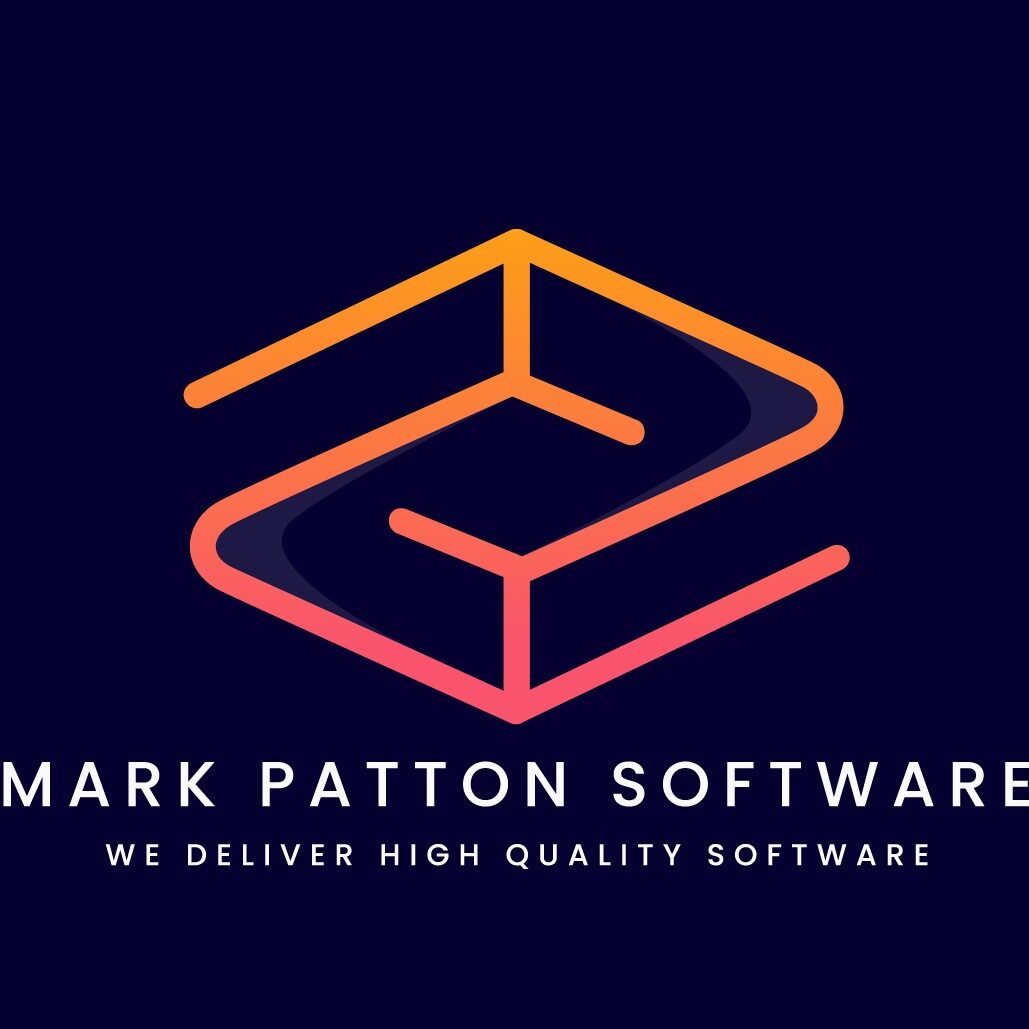The landscape of software development is ever-evolving, driven by technological advancements, changing user preferences, and the constant pursuit of innovation. As we step into a new decade, it’s crucial to anticipate the trends that will shape the future of software development. In this comprehensive guide, we’ll explore the key trends and predictions that are set to redefine the way we approach coding, design, and deployment in the next ten years.
Artificial Intelligence and Machine Learning Integration
Artificial Intelligence (AI) and Machine Learning (ML) are no longer buzzwords; they’re becoming integral to software development. AI-powered tools are streamlining the development process by automating repetitive tasks, optimizing code, and predicting potential bugs. ML algorithms are enhancing user experiences through personalized recommendations and intuitive interfaces. The next decade will witness increased adoption of AI and ML, making software smarter, efficient, and more user-centric.
Low-Code and No-Code Development
As the demand for software solutions grows, so does the need for faster development cycles. Low-code and no-code platforms are bridging the gap between developers and non-technical users. These platforms enable users to create applications with minimal coding knowledge, reducing development time and costs. In the coming years, we can expect a surge in these platforms, empowering businesses to develop custom applications swiftly.
Decentralized Applications (DApps) and Blockchain
Blockchain technology is transcending cryptocurrencies, finding its way into software development. Decentralized Applications (DApps) offer enhanced security, transparency, and user control. They have the potential to disrupt various industries, from finance to supply chain management. As blockchain evolves, DApps will become more mainstream, creating new avenues for developers to innovate.
Progressive Web Apps (PWAs)
Progressive Web Apps combine the best of both web and mobile applications. They offer an app-like experience through a web browser, eliminating the need for installation. PWAs are gaining popularity due to their ability to deliver fast loading speeds, offline capabilities, and cross-platform compatibility. In the next decade, PWAs will likely dominate the mobile app landscape, offering seamless experiences without the hassle of app stores.
Cybersecurity and Privacy-First Development
With the increasing amount of data being exchanged online, cybersecurity has become a paramount concern. Developers are now focusing on privacy-first development, integrating robust security measures from the ground up. Encrypted communication, secure authentication methods, and data protection protocols will be the cornerstone of software development to safeguard user information.
Edge Computing and IoT
The Internet of Things (IoT) is connecting devices and systems on an unprecedented scale. Edge computing, which involves processing data closer to its source rather than in centralized servers, is emerging to handle the immense data generated by IoT devices. In the coming years, software developers will need to master the art of creating efficient, real-time applications that leverage edge computing to meet user expectations.
Extended Reality (XR)
Extended Reality (XR), including Virtual Reality (VR), Augmented Reality (AR), and Mixed Reality (MR), is transforming user experiences. From gaming to healthcare, XR is revolutionizing various industries. In the next decade, software developers will need to adapt to developing applications that seamlessly integrate XR, enhancing engagement and interaction.
Conclusion
The future of software development promises a fascinating journey filled with groundbreaking technologies and innovative approaches. As we look ahead to the next decade, it’s evident that AI, low-code platforms, blockchain, PWAs, cybersecurity, edge computing, and XR will play pivotal roles in shaping the software landscape. To stay ahead, developers must embrace these trends, constantly learn, and adapt to new challenges. The software development arena is set to be more dynamic than ever before, offering endless opportunities for those who dare to explore, experiment, and create.


